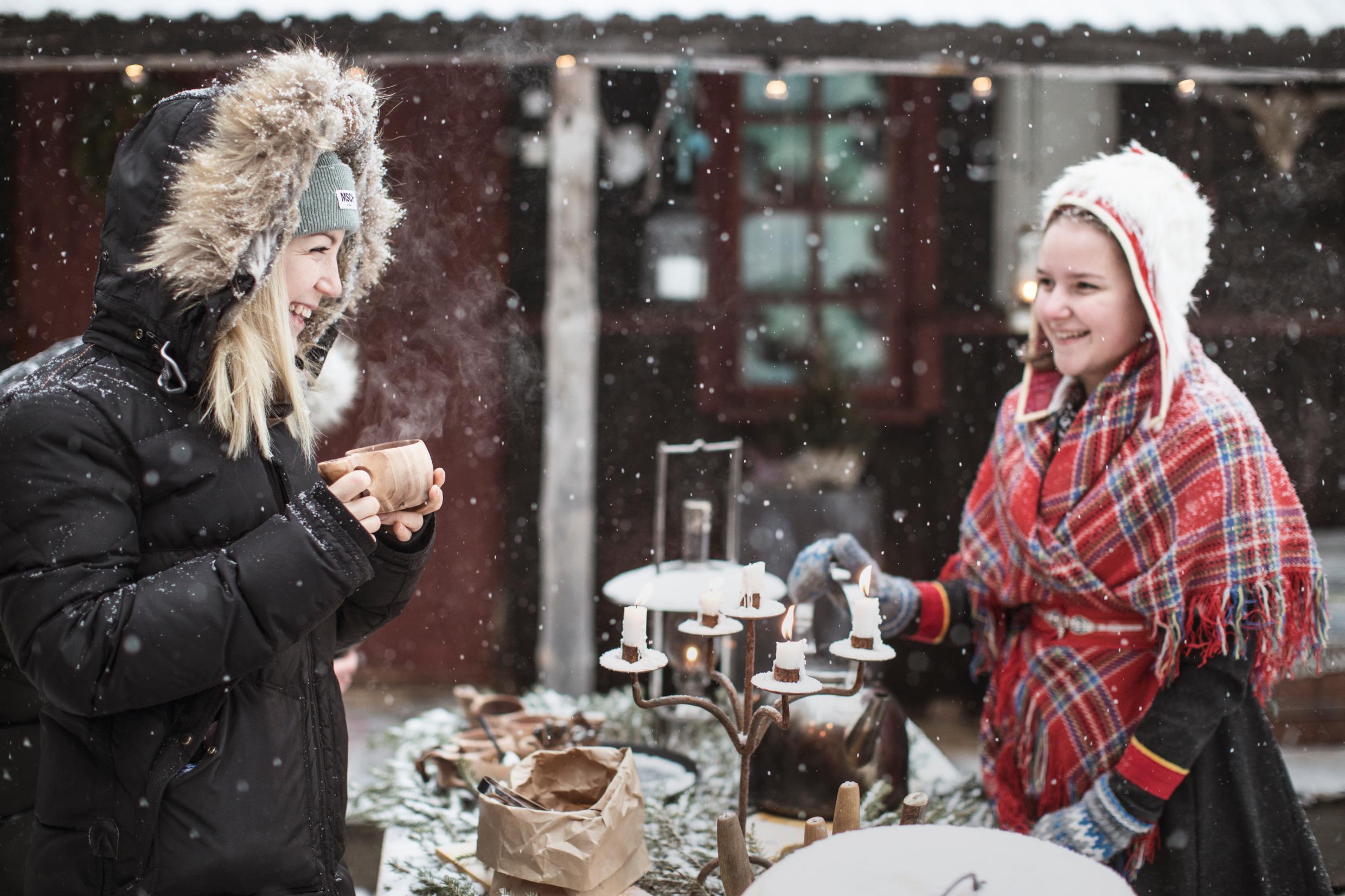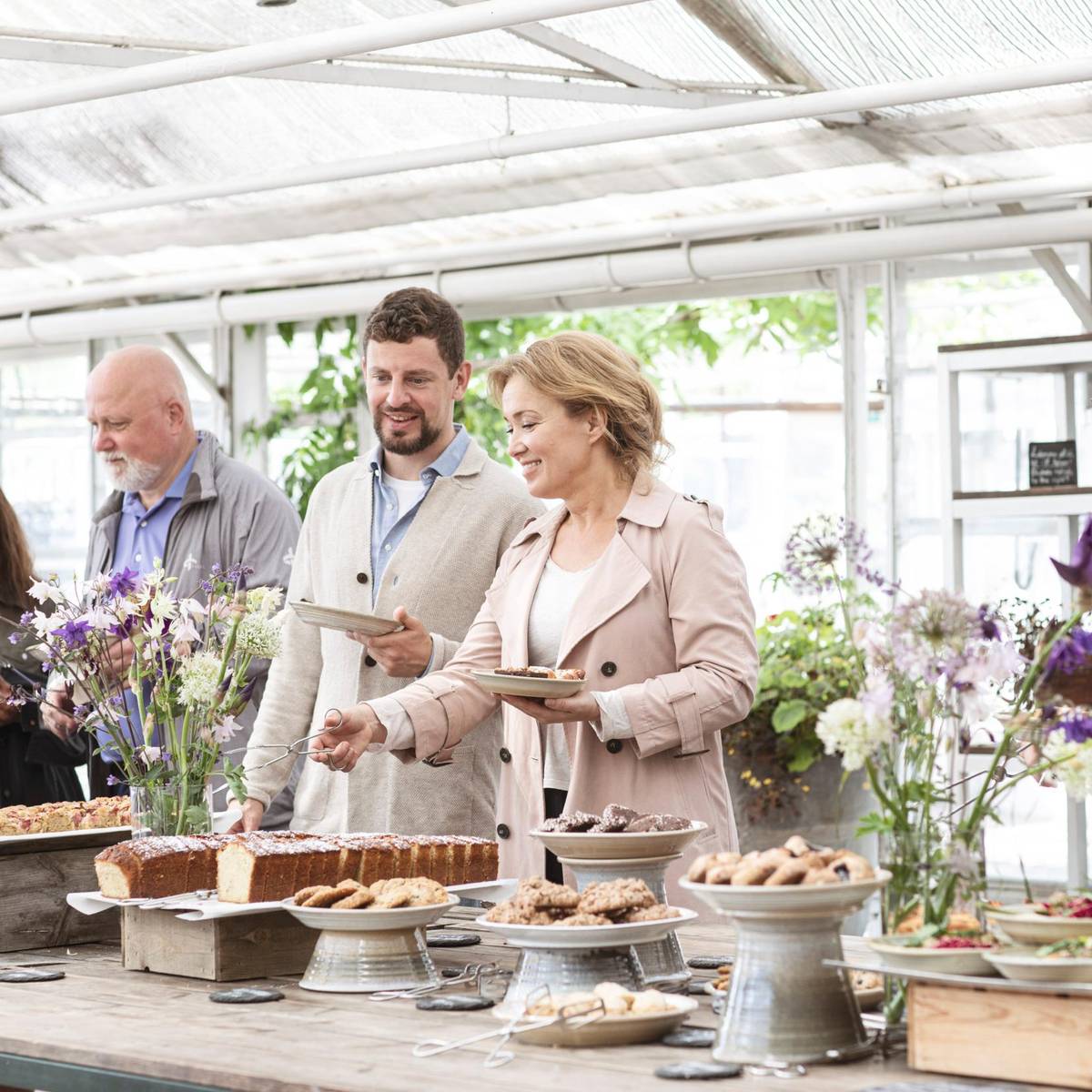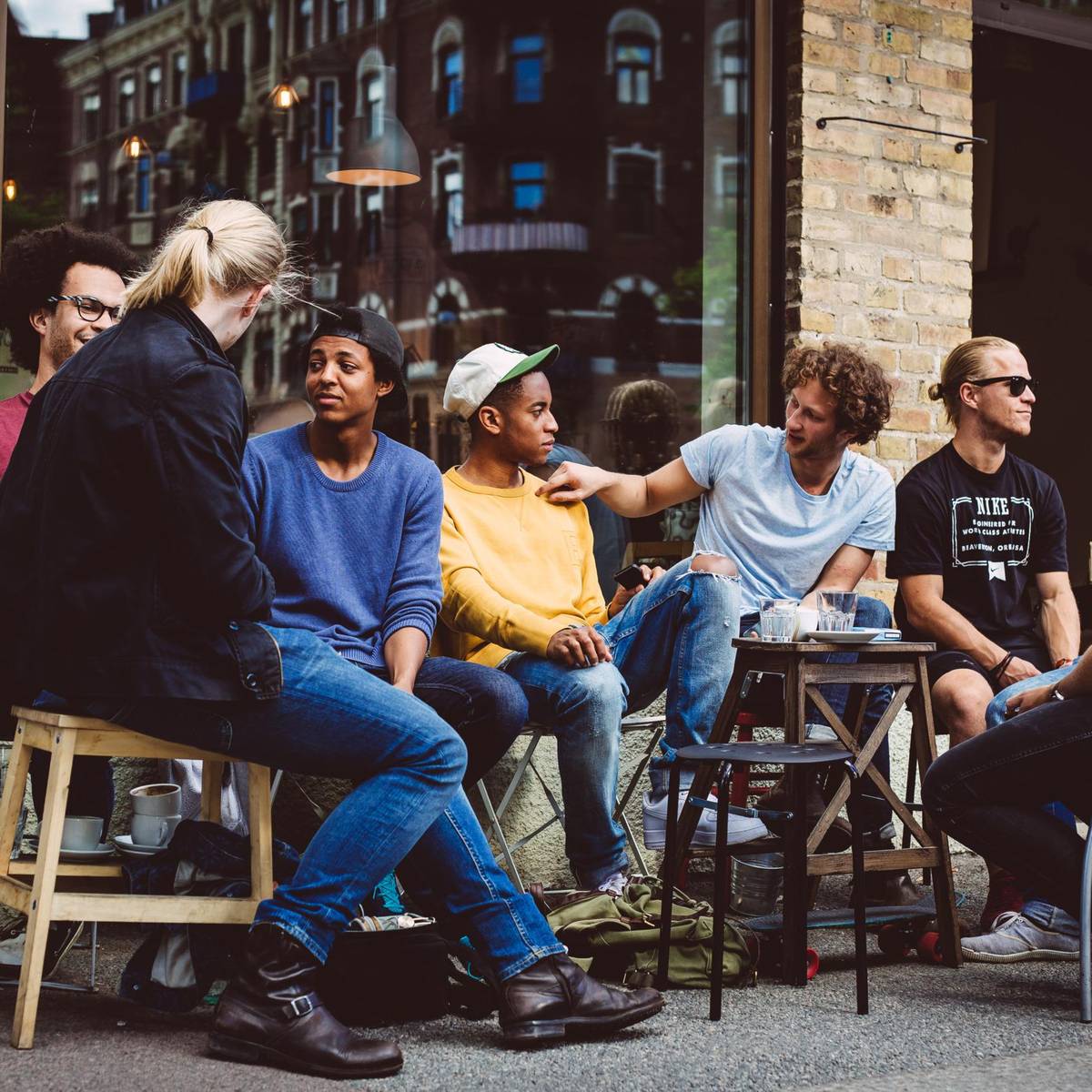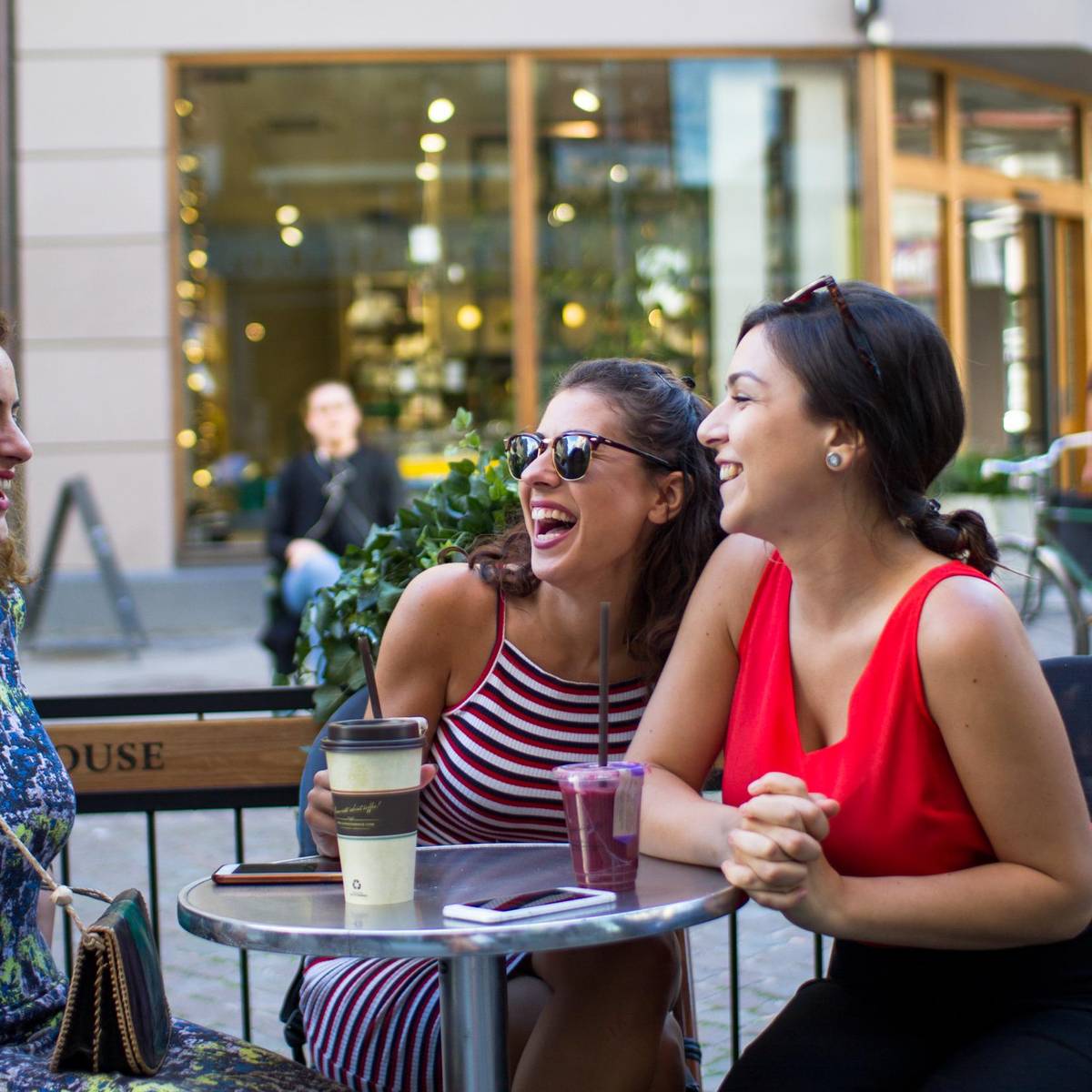Fika, which is so well-established that it’s used as both a noun and a verb, is an everyday expression in Swedish. You can have a fika ('ta en fika') or go for a coffee break ('fika') – and everyone understands exactly what you mean.
What is fika?
While fika may seem like just a coffee and cake break, it holds a much deeper cultural significance in Sweden. It’s a moment to pause, connect and recharge – often more about the company and conversation than the coffee itself.
Fika can happen any time of day, and it usually involves freshly brewed coffee served with something sweet; cinnamon buns ('kanelbullar') being the most popular choice. It's also a popular and more relaxed choice for a date than going out for dinner. While some might enjoy a quiet coffee break solo, fika is widely seen as a social ritual – best shared with others.
The history of fika
The word itself is believed to be a reversal of the syllables in the word 'kaffi', the old spelling of coffee (today spelled 'kaffe' in Swedish). Originally, it was the coffee itself, which was introduced in Sweden in the 18th century, that was considered the actual fika. Over the years, however, the accompanying baked treats – often called 'fikabröd' (fika bread) – became just as important, along with the social aspect of the custom. The arrival of patisseries in Sweden in the 19th century cemented the tradition as a coffee-and-cake tradition enjoyed with friends.











